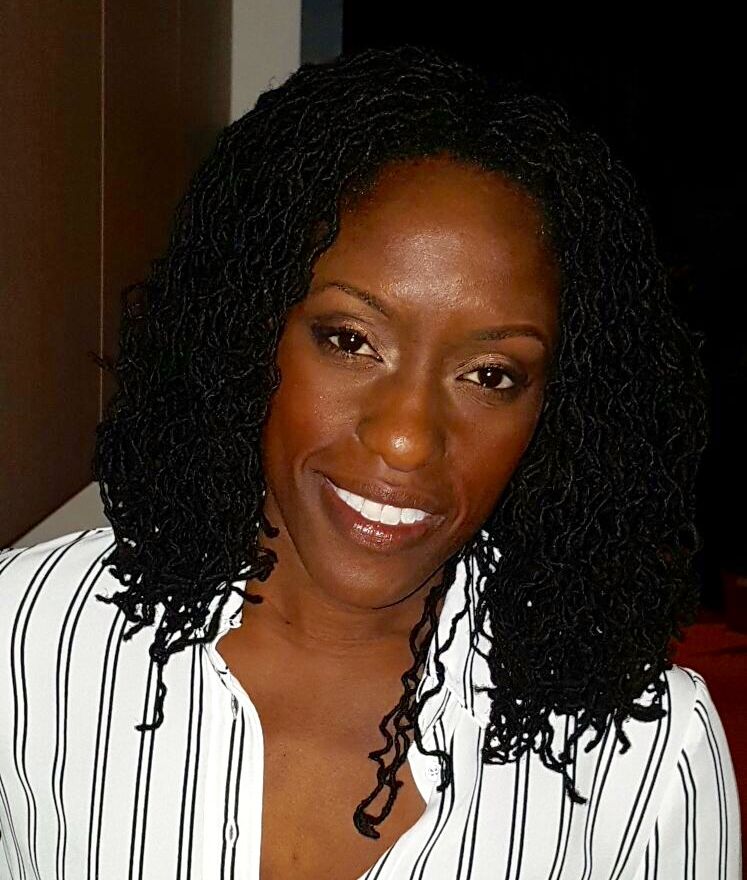 Kike Ojo, Project Manager of One Vision One Voice: Changing the Child Welfare System for African Canadians, explains how acknowledging racial differences will result in better service.
Kike Ojo, Project Manager of One Vision One Voice: Changing the Child Welfare System for African Canadians, explains how acknowledging racial differences will result in better service.
In 2015, the Children’s Aid Society of Toronto released race-based statistics indicating that African Canadian children make up 41% of children in care, even though African Canadians make up only 8% of the population in the GTA. What do these race-based data tell you?
Those numbers tell us that we are in a crisis with certain communities in terms of overrepresentation, and that we could be doing a much better job serving some groups of people, notably Indigenous and African Canadian communities. Data like these tell us there is a legitimate reason to focus on particular identities and experiences.
Why are those numbers so high?
Before we can talk about the role that child welfare has played in fostering these high numbers, we need to acknowledge the social context of systemic racism that increases the risk of child welfare involvement for African Canadian and Indigenous families. Issues such as unemployment and underemployment, unfair and inequitable immigration policies, inadequate housing, and negative narratives about marginalized people mean that these communities are subjected to greater scrutiny, harsher evaluations, and more extreme requirements. By not collecting, analyzing, and reporting data, our system can ignore its own role in perpetuating the systemic racism experienced by these communities.
How would releasing these numbers improve child welfare services?
Right now in child welfare in Ontario we’re trying to provide services to African Canadian families without centering these services on the very real issues that are part of their everyday lives. We’re trying to resolve the gap in services, enhance service effectiveness, and improve how staff are trained to do their jobs without using service models informed by the actual populations we serve. The only way to achieve these goals is by intricately understanding the reality of the people we work with. Gathering race-based data will help us better understand these issues so we can rectify the situation.
Can you give me some specific examples of how race-based statistics can change how child welfare works?
Knowing that a certain percentage of children and families are from a particular ethnic community or racial background will help to ensure that child protection workers are well prepared to serve those clients. That way we can structure and design child welfare services accordingly. Our service models are not culturally neutral. For instance, in agency-run group homes, they use “neutral” house rules for all youth, like a curfew, where youth can use their free time how they wish as long as they are back by a certain time. But curfews are not in fact “neutral”. The concept of a curfew is strange for many African Canadian youth, who grow up with stricter rules. The opportunity for idleness is dangerous, especially for young Black men, because they are targeted by other systems of authority, like the police and mall security. A child welfare system that better understood the realities of the communities it is working with would set up programs accordingly.
Any other examples of child welfare practices that will be positively improved by collecting race-based data?
Race-based data will lead to better placement of children and youth whom we have not been able to reunite with their families. Currently, we place Black children with white families. White foster parents, many of whom are excellent parents, then bond with the child and fight to adopt these children. They almost always win, and that’s a problem for many reasons. People treat you according to how you look. But a Black child will need protection and an understanding of the nuances of what it’s like to live in a Black body. In African Canadian communities, we naturally teach our children from a young age how to survive an experience with authority. A white parent can’t transmit that kind of lived knowledge. We’re failing our youth by placing them in situations where people are not aware of these issues.
Having race-based data will also lead to more focused and targeted recruitment of foster caregivers. It’s challenging to find Black foster families that will adopt young children. One reason is that both parents usually work. There’s a major financial disparity between white and Black families in Ontario. Targeted efforts need to be employed to recruit and support Black foster caregivers. I know of one agency where a recruiter for the Black community was contracted, and in one year, nine of eleven Black children were successfully adopted by Black families. Some had disabilities, which would presumably make it harder to adopt them, but a focused and well-informed recruitment strategy meant that these kids were no longer stuck on a waiting list year after year.
Currently, the government is rolling out the Child Protection Information Network (CPIN), a provincial database aimed at keeping children safer by tracking information about them and their caregivers. What hurdles are there to collecting race-based data in CPIN?
The hurdles are both philosophical and policy related. The CPIN database has a field where you can enter a child’s race, but this is not currently a mandatory field because there is no legislation from the government mandating the collection of this information. A worker can exit the database without having to enter that information, which is incredibly short-sighted. The collection of race-based data should be mandated. It should not be optional, not with the crisis we’re in at the moment.
What do you believe is at the root of why people are reticent to collect the data?
It’s connected to a discomfort with naming race and racism in child welfare and in Canada as a whole. It goes back to a fabled identity of Canada being so different from the United States, of not historically having slavery in our country, and of being more “tolerant” because of multiculturalism. In addition, many Canadians falsely believe that if one just works hard enough, one can have success and comfort and money, when that is not the case for many non-white people. We’ll need to work hard to get over this discomfort if we’re to effectively serve our growing non-white population, both in the GTA and beyond, and finally see the equitable outcomes we claim already exist for African Canadian children and families.
